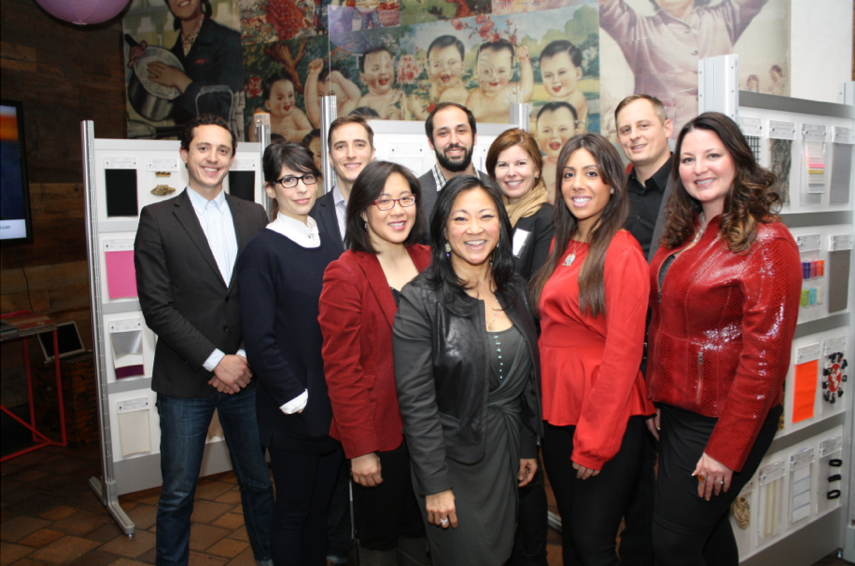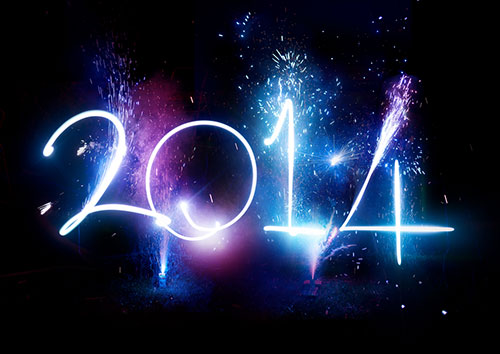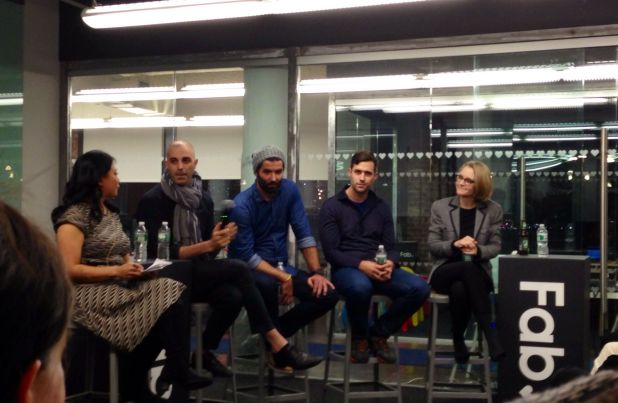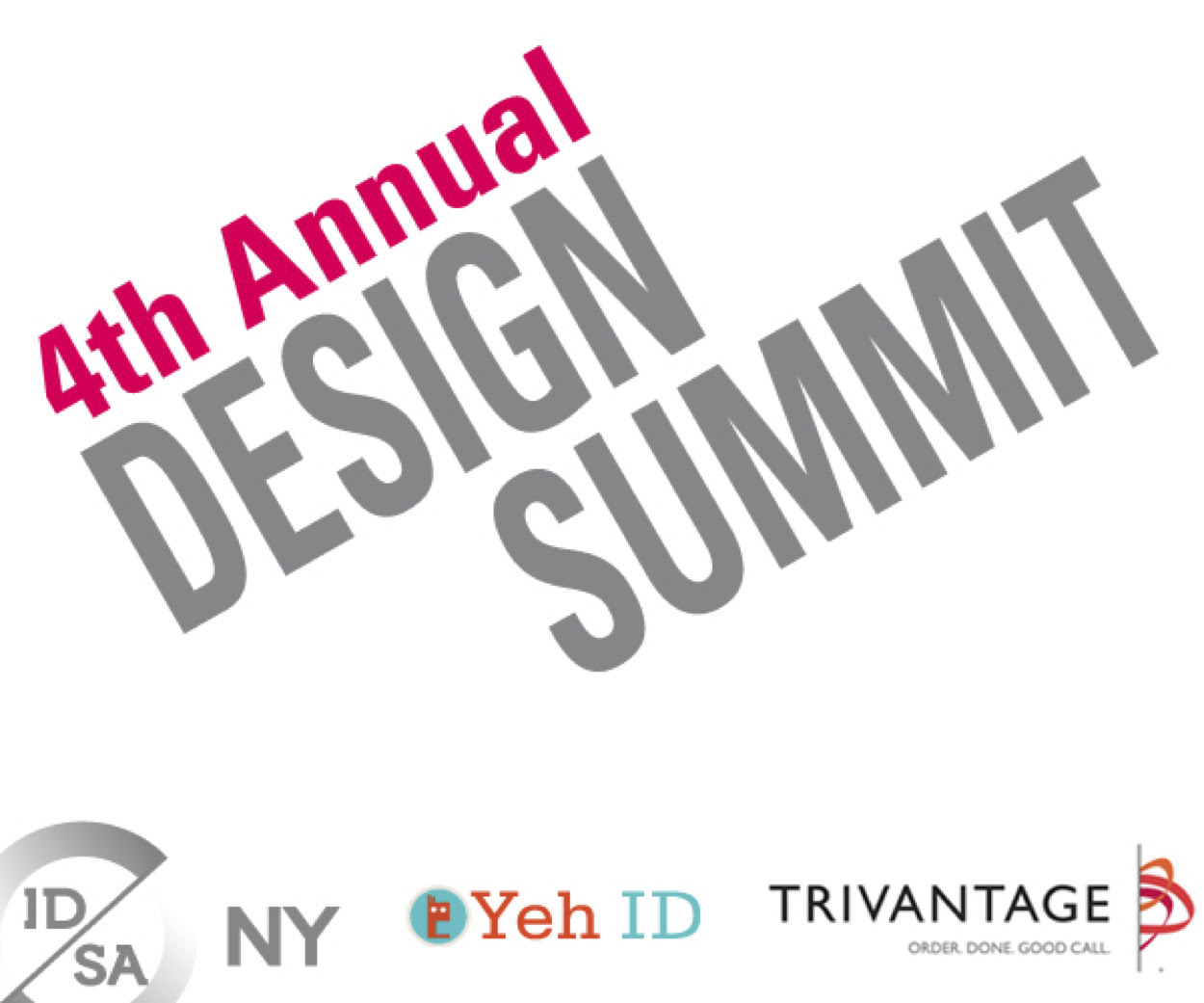
IDSA NY presents our fourth annual Design Summit in partnership with Yeh IDeology.
This year's theme is ID Fundamentals: Making It Real. We've assembled a panel of cross-disciplinary design leaders to explore the challenges of going from concept to commercialization and what design education does to help (and sometime hinder) that process.
This event was made possible by the generosity of TRIVANTAGE as part of their ongoing Innovation Town Hall series.
Please join us at 6 PM for refreshments and networking. The Panel starts promptly at 7 PM.
Thursday, Feb. 27th | Pod 39, 95 145 E 39th St., New York City | Get tickets
---
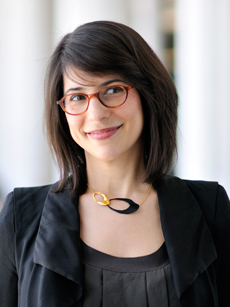
Erica Eden | Founder, Femme Den; Director of Innovation, PepsiCo
Erica bridges design and strategy, specializing in uncovering deep desires and delivering on real needs for the elusive and influential female consumer. Erica’s curiosity is about what to make, why it matters and how to connect to the women’s market. Through her work in diverse fields including housewares, health & wellness, automotive, and consumer packaged goods, she sees each design challenge through the eyes of the consumer and pioneers new methodologies that close the gap between design trends and real women. Through her work with Femme Den, she redraws the boundaries of design expertise, expanding the need to understand people to include subtleties of gender and beyond. Erica is now the Director of Design Innovation at PepsiCo's Design Center.
Erica’s work has been featured by The New York Times, World News Tonight on ABC and various design publications including I.D. Magazine, Elle Décor and Blueprint. The Femme Den is recognized as a “Master of Design” in Fast Company’s annual design issue.
---
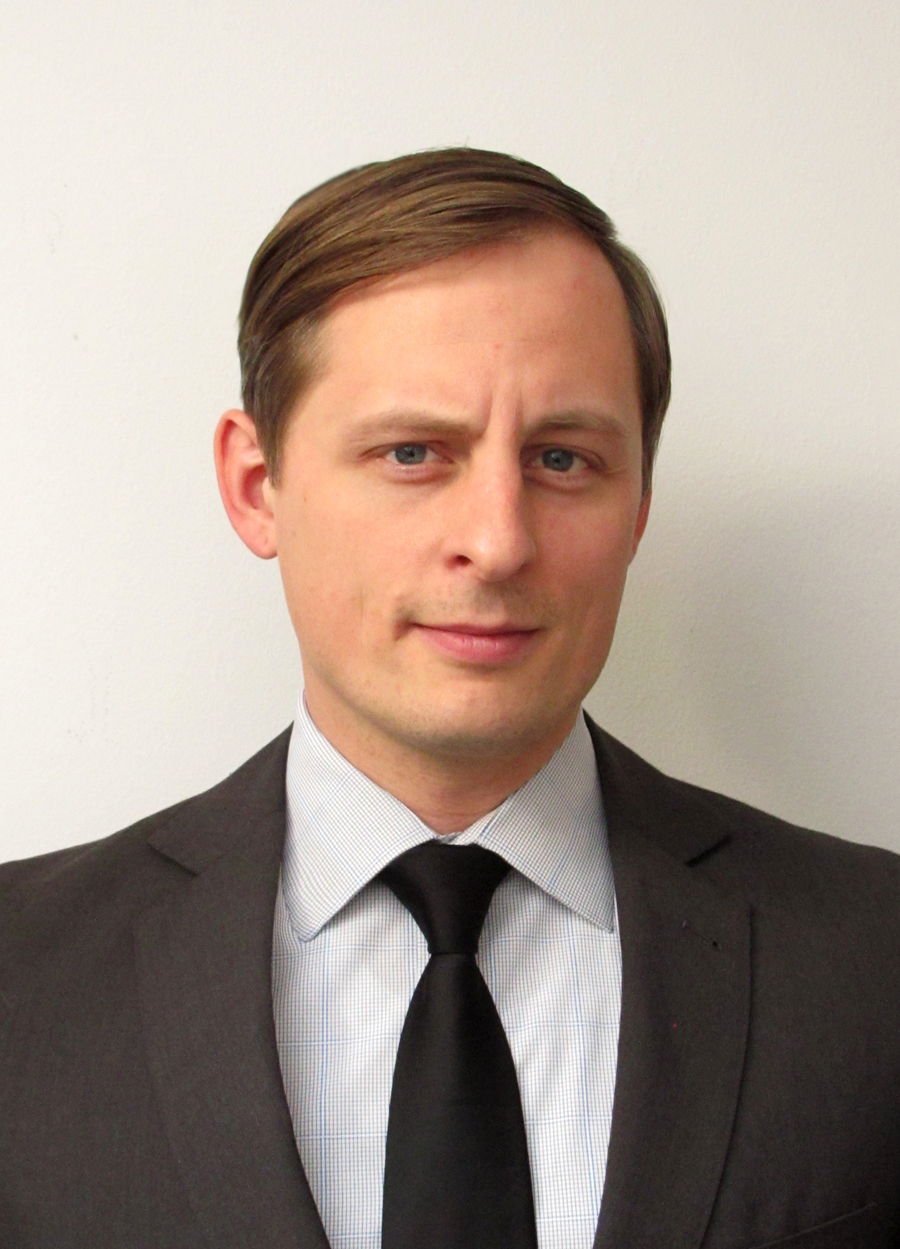
Rich Thrush | Director, Industrial Design + Innovation, Kaz Incorporated
Rich is a proven industrial design leader adept at utilizing consumer research, analysis, design and innovation skills for the identification, conceptualization and design of consumer product. His diverse history includes working with tech products such as mobile devices (Motorola) to toys (Hasbro). Kaz Inc., manufactures consumer goods under the brands Pur, Braun, Vicks, Honeywell and many others.
He is passionate about problem solving, design thinking and delivering solutions that make an impact on the market and in people's lives resulting in hundreds of patents and design awards. Rich’s focus is on elegantly designed innovative products and experiences with simple stories based on strong consumers insights to delight consumers.
---
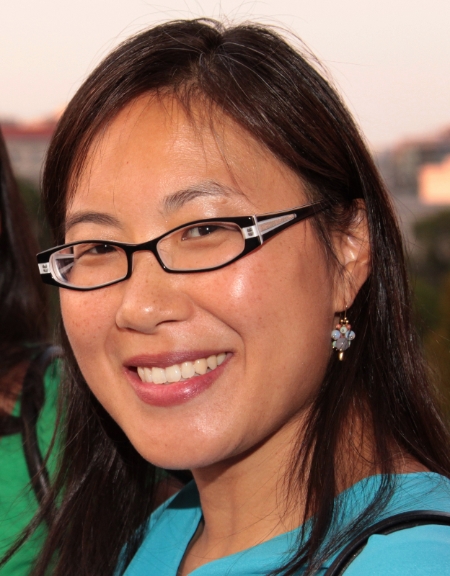
Mei Mah | Deputy Director of Education, Cooper Hewitt, National Design Museum
Mei Mah has over twenty years of experience in program design and development, strategic initiatives, and collaborations around design and education. In her current role she is responsible for conveying the mission of Cooper-Hewitt and the importance of design in everyday life through education programs intended to serve a wide range of audiences including teachers, students, professional designers, scholars, and the general public.
In addition to leading the prestigious National Design Awards initiative, she has developed learning experiences for over seventy exhibitions, showcasing the Museum’s extensive collection and exploring contemporary design issues.
---

Dan Grossman | Deputy Design Director, Martha Stewart Living Omnimedia
Dan oversees the design and development of a broad range of products and innovative retail solutions at partners like Macy's, PetSmart and the Home Depot. His responsibilities span product design, project and vendor management, brand development and trend analysis. Prior to this Dan had the opportunity to work for various companies, as well as lead design teams and projects with non-profit design organizations such as Project H Design and Project Breaker. He holds numerous patents and awards and has had his work featured at the Smithsonian Cooper-Hewitt National Design Museum.
---

Angela Yeh | Founder, Yeh IDeology
Panel Moderator
Angela is president & founder of Yeh IDeology LLC, the leading Design & Strategy recruitment firm in the United States. YehID has collaborated with major corporations and top design consultancies across the US and internationally to build creative teams.
Angela has specialized in recruiting for creative talent for over 15 years. She's been an active IDSA member and sat on the IDSA Board of Directors.
Angela taught career strategies at Parsons The New School for Design and has lectured at numerous engagements, including: IDSA National and District Conferences, Design Management Institute Annual Conferences, Lextant Design Forty Webinars, and numerous universities.
Angela holds a BA in psychology from the University of Bridgeport, and honed her keen eye for design at Pratt Institute’s Masters program in Industrial Design.
---
AGENDA
6:00 PM - Doors Open; Refreshments Available
7:00 PM to 8:00 PM - Panel Discussion and Q&A
8:00 PM to 9:00 PM - Socializing & TRIVANTAGE Display Browsing
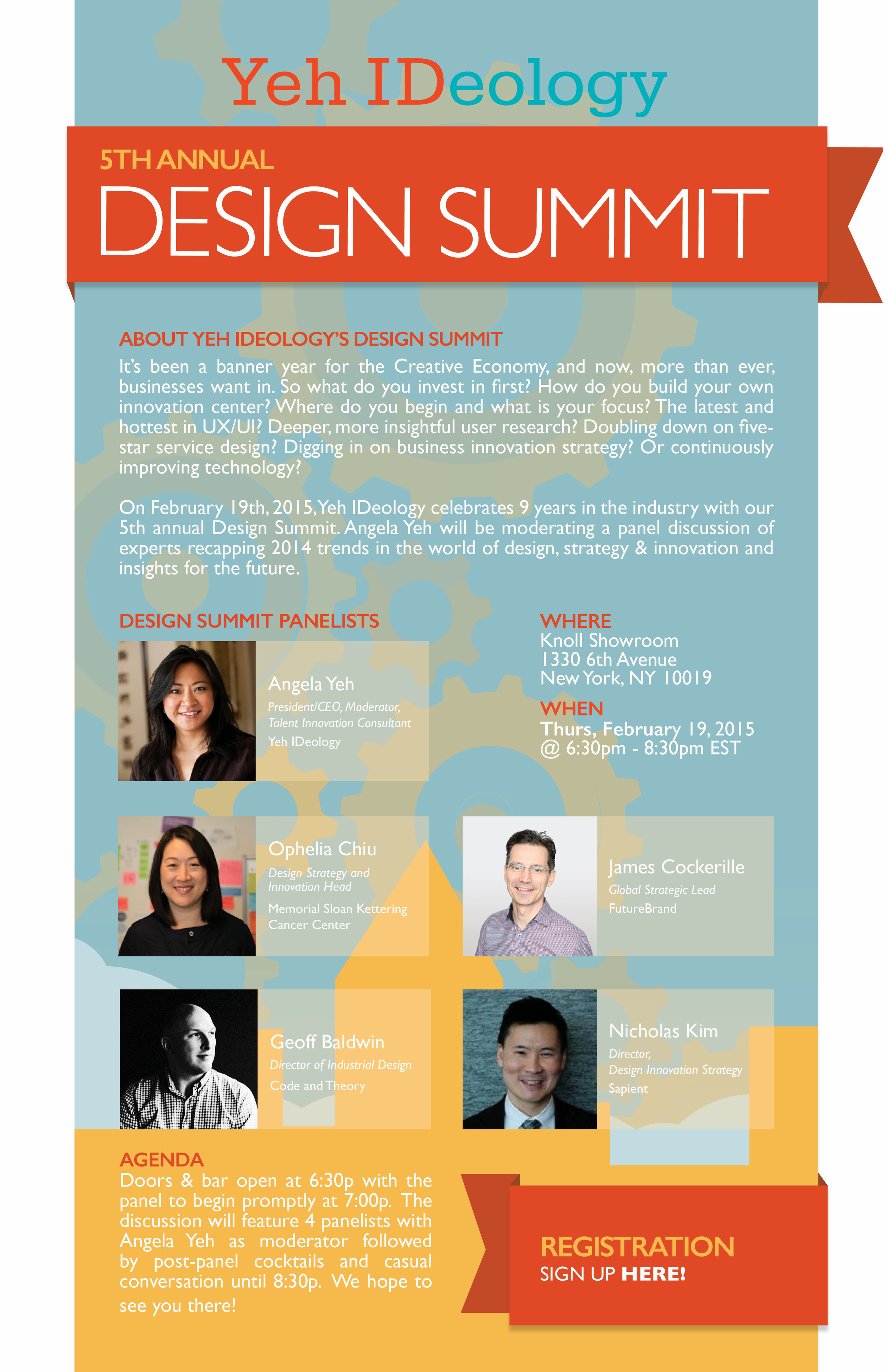




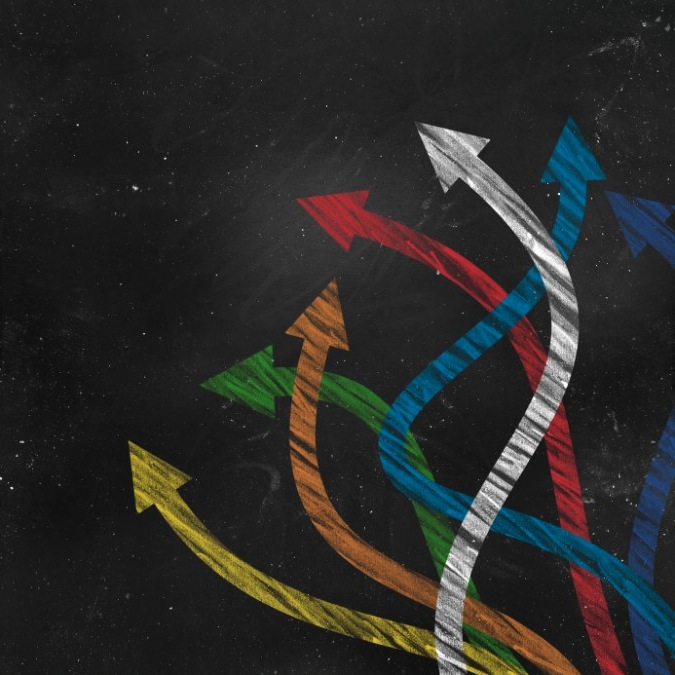





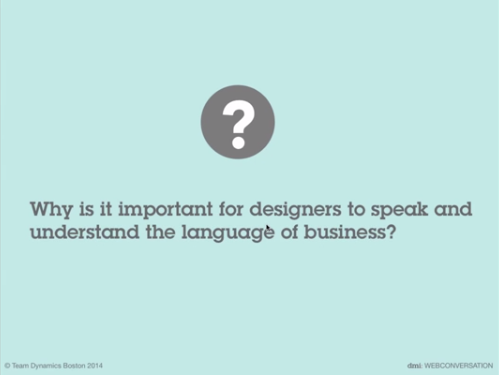 Mastering the Language of Business: From Babble to Clarity - DMI Web Conversation.
Mastering the Language of Business: From Babble to Clarity - DMI Web Conversation.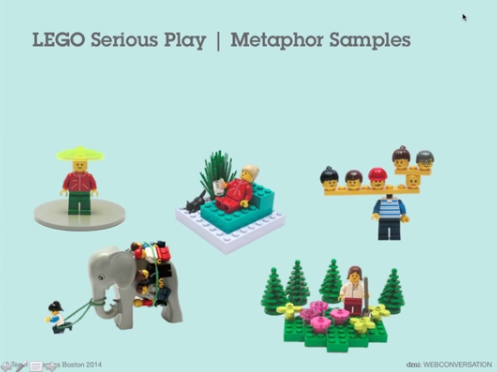
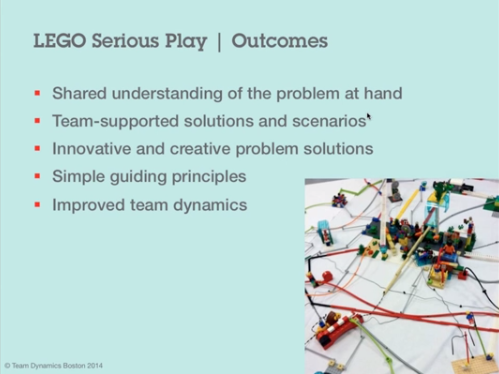
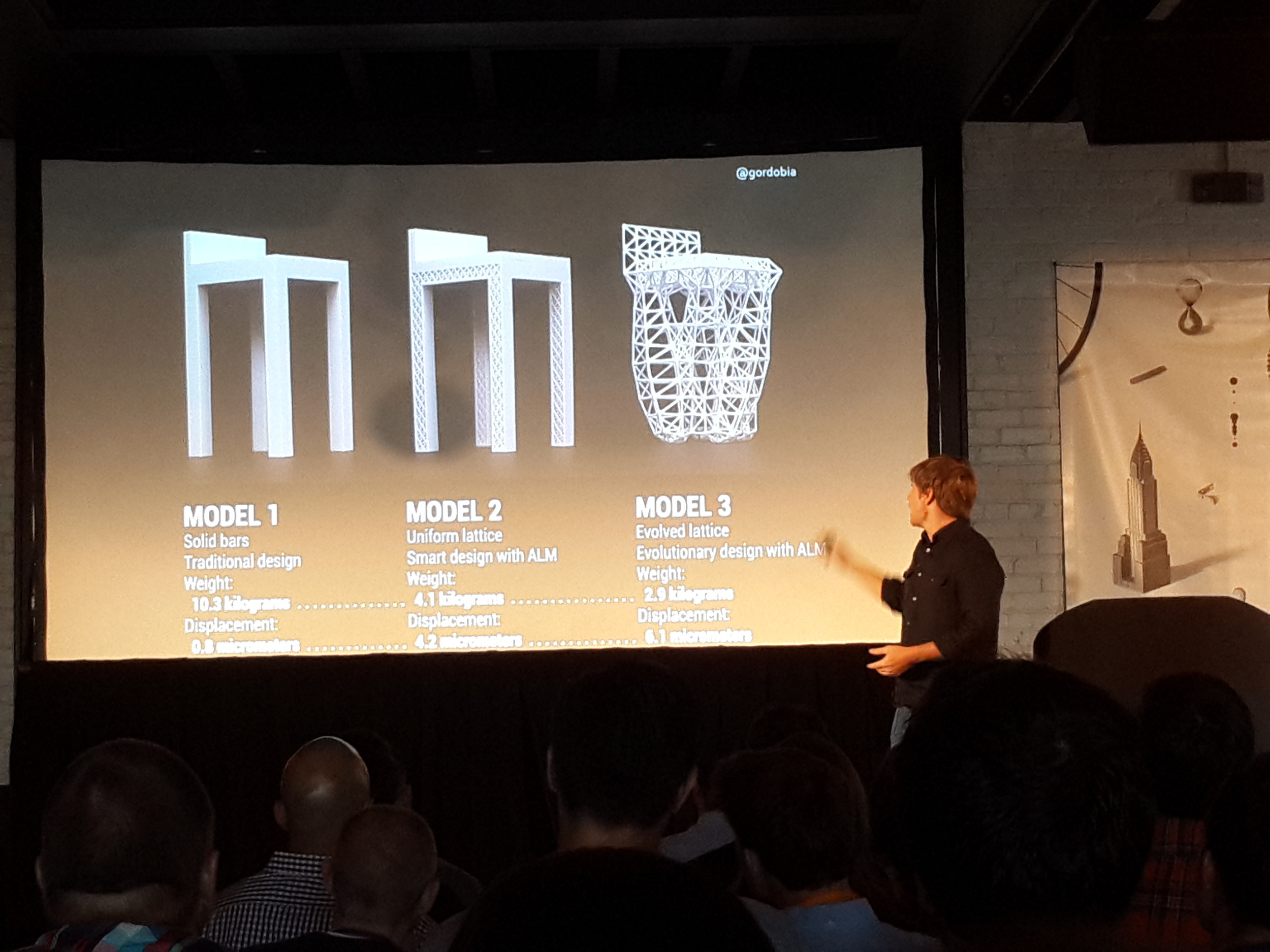
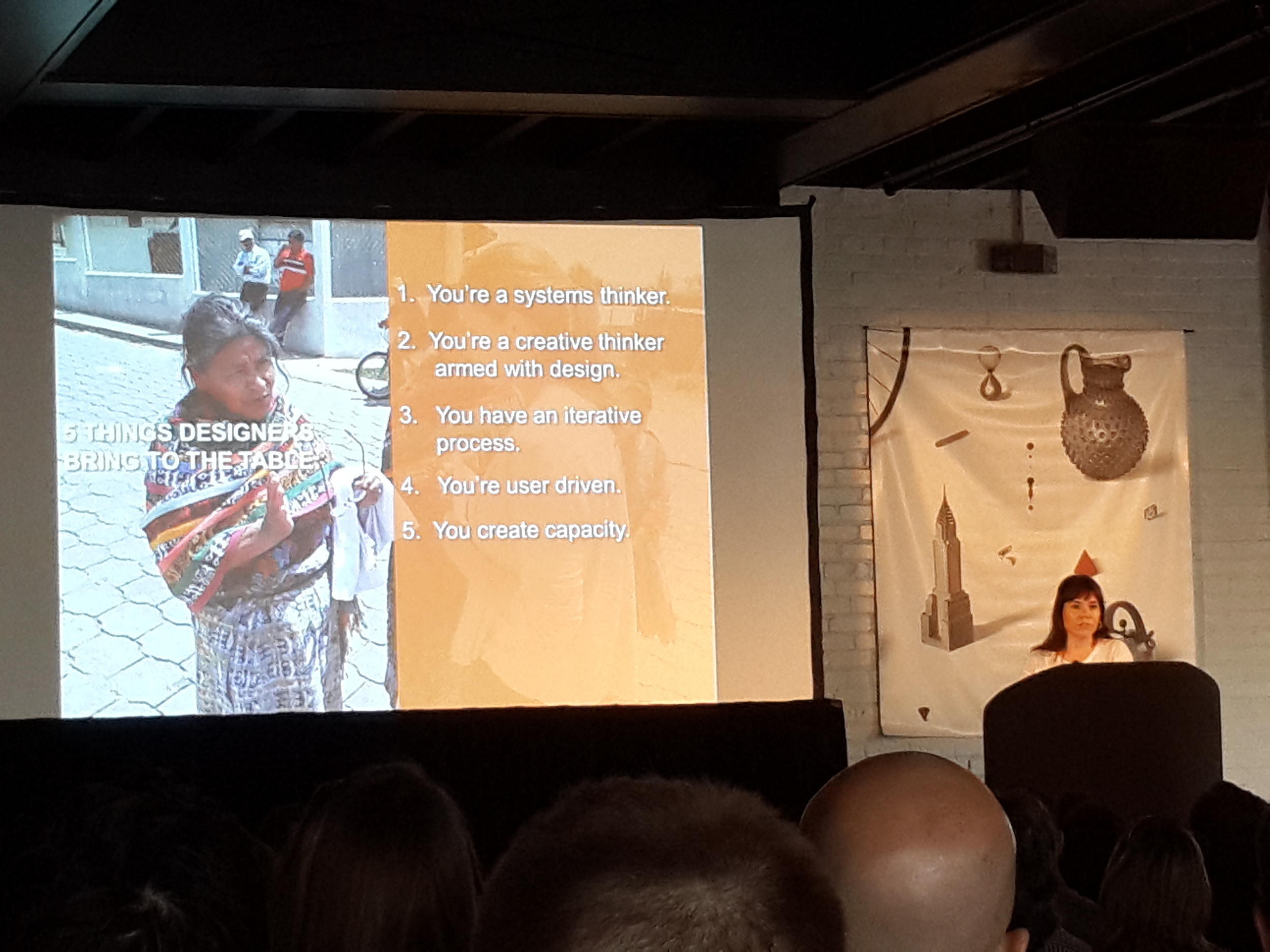
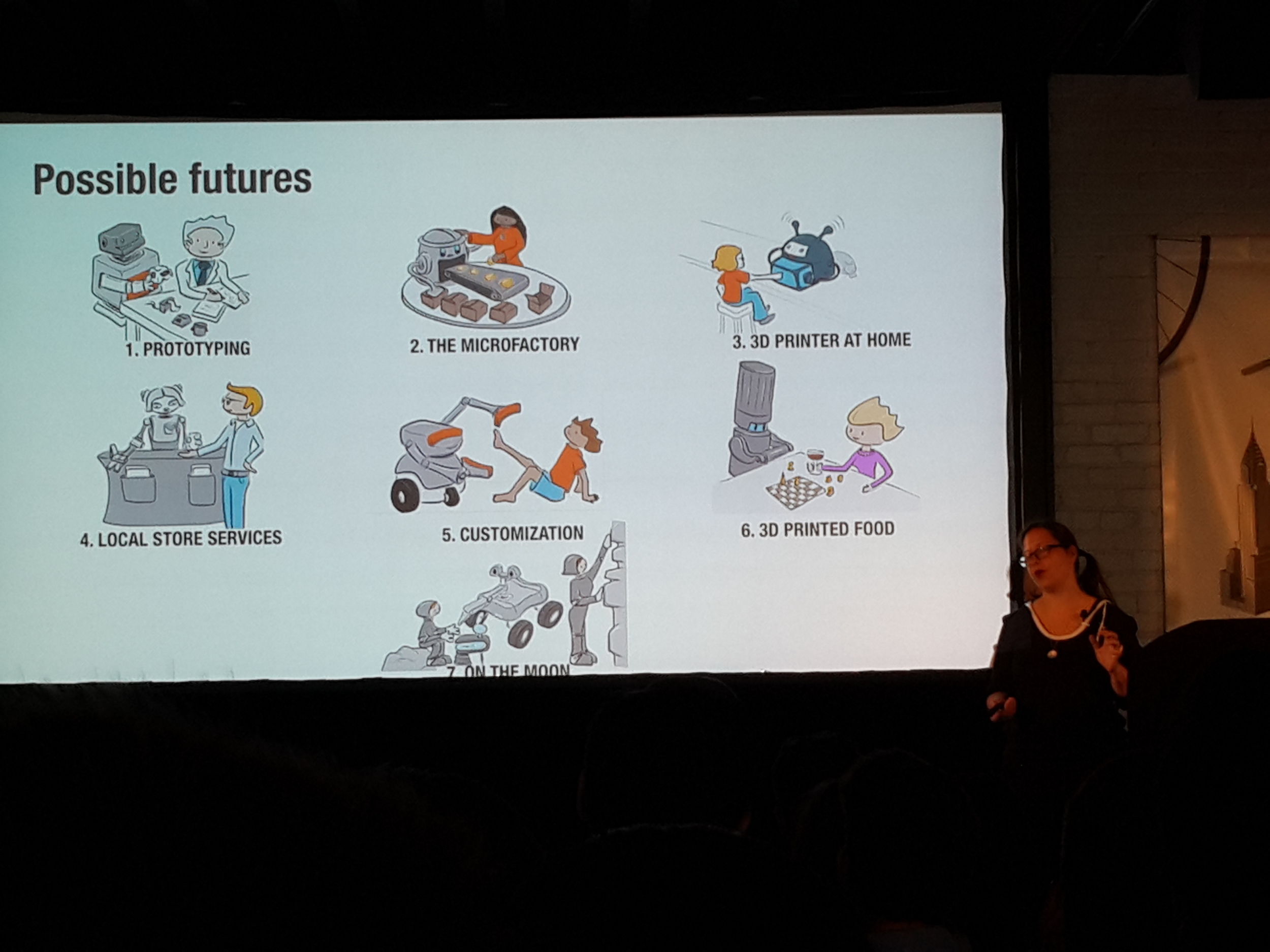
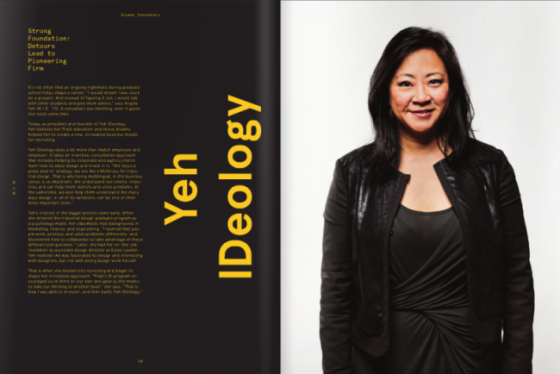

 In partnership with IDSA NYC, Yeh IDeology hosted the 4th annual Design Summit on February 27th. This year’s design summit featured a panel of cross-disciplinary design leaders including Erica Eden (Founder of Femme Den and Global Director of Design Innovation of PepsiCo), Rich Thrush (Director of Kaz Incorporated), Mei Mah (Deputy Director of Education at Cooper Hewitt), Dan Grossman (Deputy Design Directory of Martha Stewart Living Omnimedia).
In partnership with IDSA NYC, Yeh IDeology hosted the 4th annual Design Summit on February 27th. This year’s design summit featured a panel of cross-disciplinary design leaders including Erica Eden (Founder of Femme Den and Global Director of Design Innovation of PepsiCo), Rich Thrush (Director of Kaz Incorporated), Mei Mah (Deputy Director of Education at Cooper Hewitt), Dan Grossman (Deputy Design Directory of Martha Stewart Living Omnimedia).